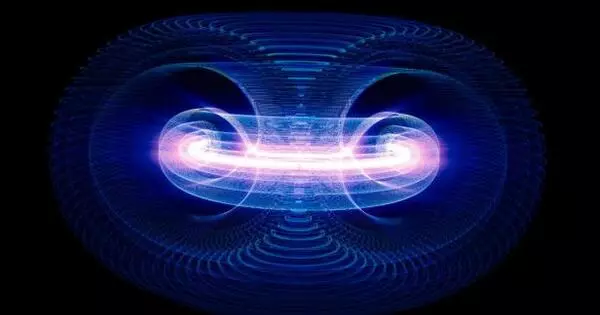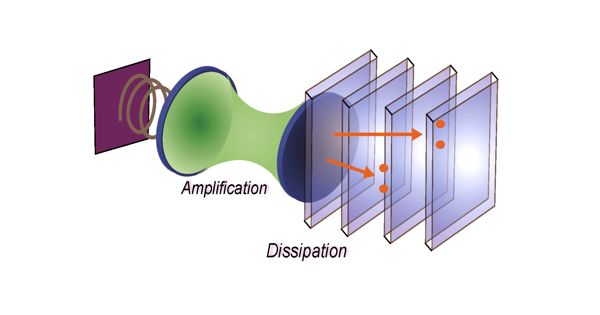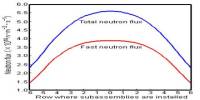Entangled photon pairs are essential for testing the fundamentals of quantum mechanics as well as modern quantum technologies like teleportation and secure communication. Current cutting-edge sources are based on nonlinear processes with limited efficiency and wavelength tunability. This drives the investigation of physical mechanisms for entangled photon generation, with a particular focus on mechanisms that can be observed, preferably at telecommunications wavelengths.
Physicists have successfully entangled more than a dozen photons in a controlled and efficient manner. As a result, they are laying the groundwork for a new type of quantum computer. To carry out computational operations on a quantum computer, a larger number of specially prepared in technical terms: entangled – basic building blocks are required.
A team of physicists from the Max Planck Institute of Quantum Optics in Garching has now demonstrated this task for the first time using photons emitted by a single atom. Using a novel technique, the researchers generated up to 14 entangled photons in an optical resonator, which can be targeted and efficiently prepared into specific quantum physical states. The new method could help to build powerful and robust quantum computers in the future, as well as secure data transmission.
Photons, the particles of light, are particularly well suited for this because they are robust by nature and easy to manipulate. The trick to this experiment was that we used a single atom to emit the photons and interweave them in a very specific way.
Philip Thomas
The phenomena of the quantum world, which often appear bizarre to the average person, have long since found their way into technology. Entanglement, for example, is a quantum-physical connection between particles that connects them in an unusual way over arbitrarily long distances. It can be used, for example, in a quantum computer, which, unlike traditional computers, can perform multiple mathematical operations at the same time. To use a quantum computer profitably, however, a large number of entangled particles must collaborate. Qubits are the fundamental building blocks of computation.
“Photons, the particles of light, are particularly well suited for this because they are robust by nature and easy to manipulate,” says Philip Thomas, a doctoral student at the Max Planck Institute of Quantum Optics (MPQ) in Garching near Munich. Together with colleagues from the Quantum Dynamics Division led by Prof. Gerhard Rempe, he has now succeeded in taking an important step towards making photons usable for technological applications such as quantum computing: For the first time, the team generated up to 14 entangled photons in a defined way and with high efficiency.

One atom as a photon source
“The trick to this experiment was that we used a single atom to emit the photons and interweave them in a very specific way,” says Thomas. To do this, the Max Planck researchers placed a rubidium atom at the center of an optical cavity – a kind of echo chamber for electromagnetic waves. With laser light of a certain frequency, the state of the atom could be precisely addressed. Using an additional control pulse, the researchers also specifically triggered the emission of a photon that is entangled with the quantum state of the atom.
“We repeated this process several times and in a previously determined manner,” Thomas reports. In between, the atom was manipulated in a certain way – in technical jargon: rotated. In this way, it was possible to create a chain of up to 14 light particles that were entangled with each other by the atomic rotations and brought into a desired state. “To the best of our knowledge, the 14 interconnected light particles are the largest number of entangled photons that have been generated in the laboratory so far,” Thomas emphasises.
Deterministic generation process
However, it is not just the quantity of entangled photons that represents a significant step forward in the development of powerful quantum computers; the method by which they are generated is also very different from conventional methods. “Because the photon chain emerged from a single atom, it could be produced deterministically,” Thomas explains. This means that, in theory, each control pulse delivers a photon with the desired properties. Until now, photon entanglement was typically observed in non-linear crystals. The flaw is that the light particles are generated at random and in an uncontrollable manner. As a result, the number of particles that can be bundled into a collective state is limited.
The Garching team’s method, on the other hand, allows for the generation of virtually any number of entangled photons. Furthermore, the method is extremely efficient, which is an important factor for potential future technical applications: “We were able to prove an efficiency of nearly 50% by measuring the photon chain produced,” says Philip Thomas. This means that almost every second “push of a button” on the rubidium atom produced a usable light particle, which is far more than previous experiments have achieved. “Overall, our work removes a long-standing impediment on the path to scalable, measurement-based quantum computing,” department Director Gerhard Rempe summarizes the findings.
















